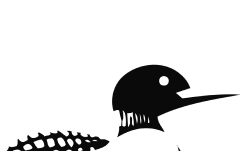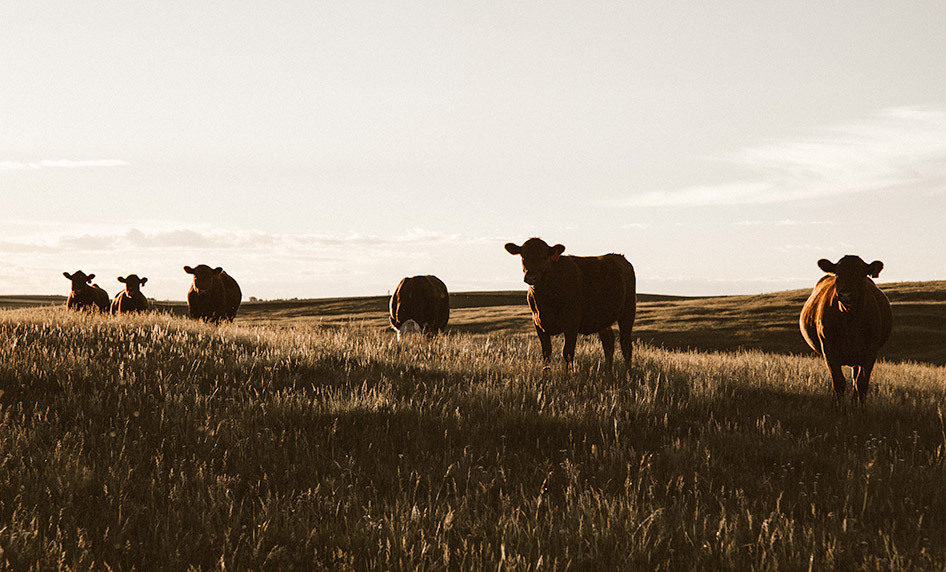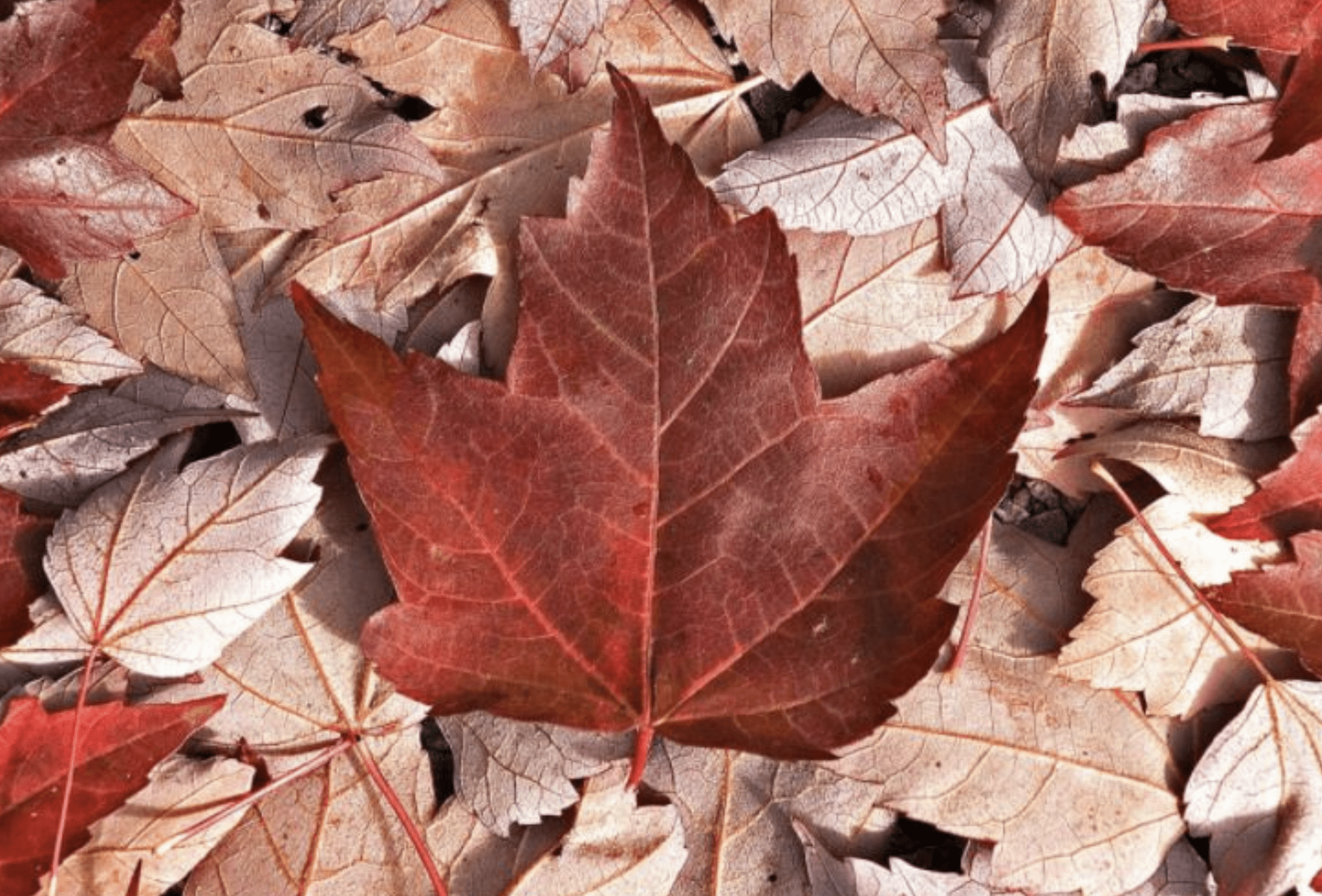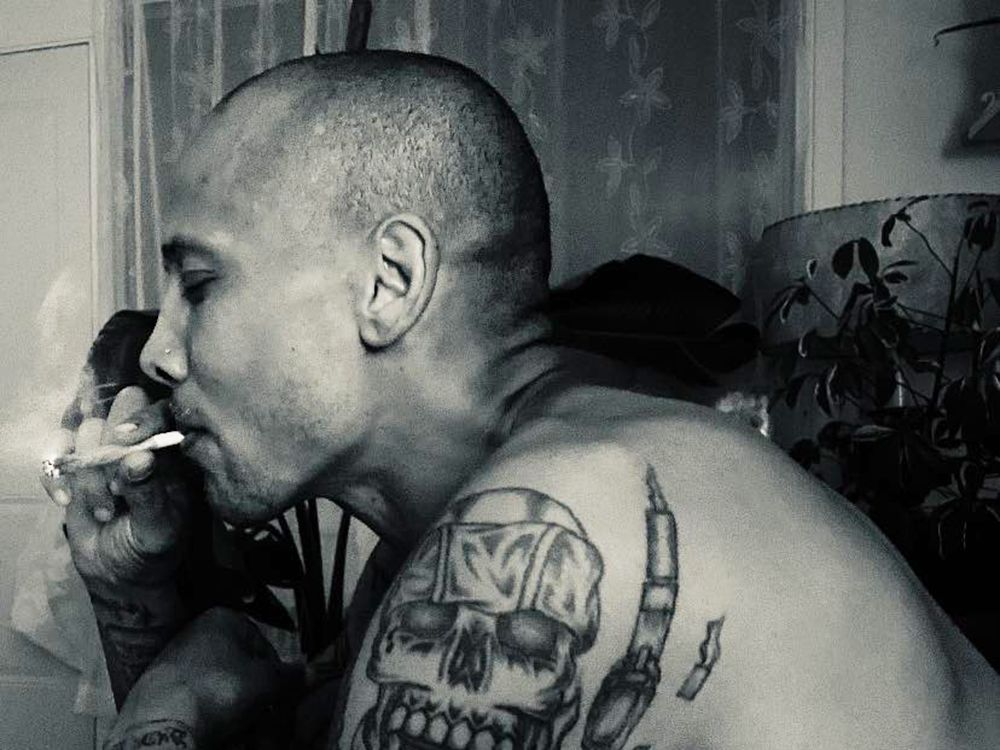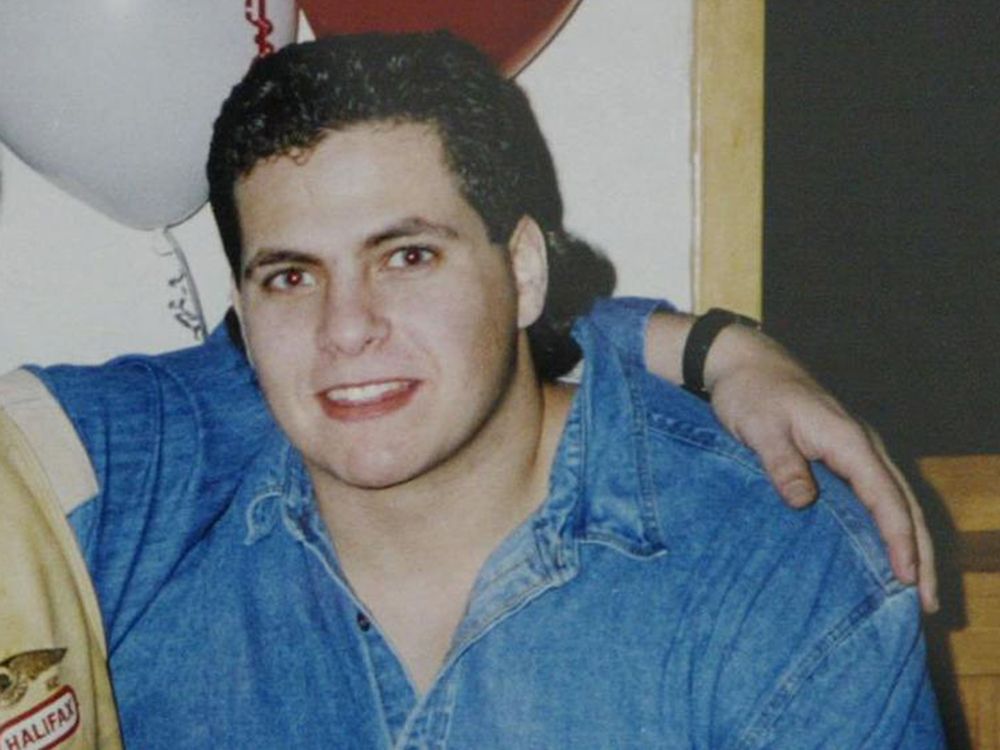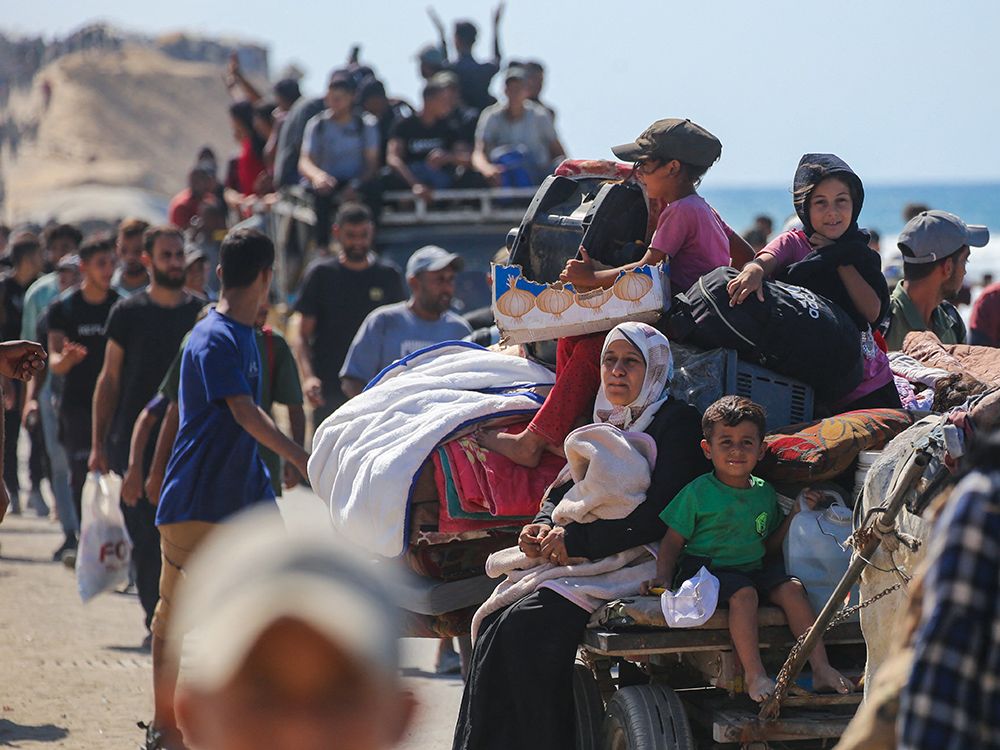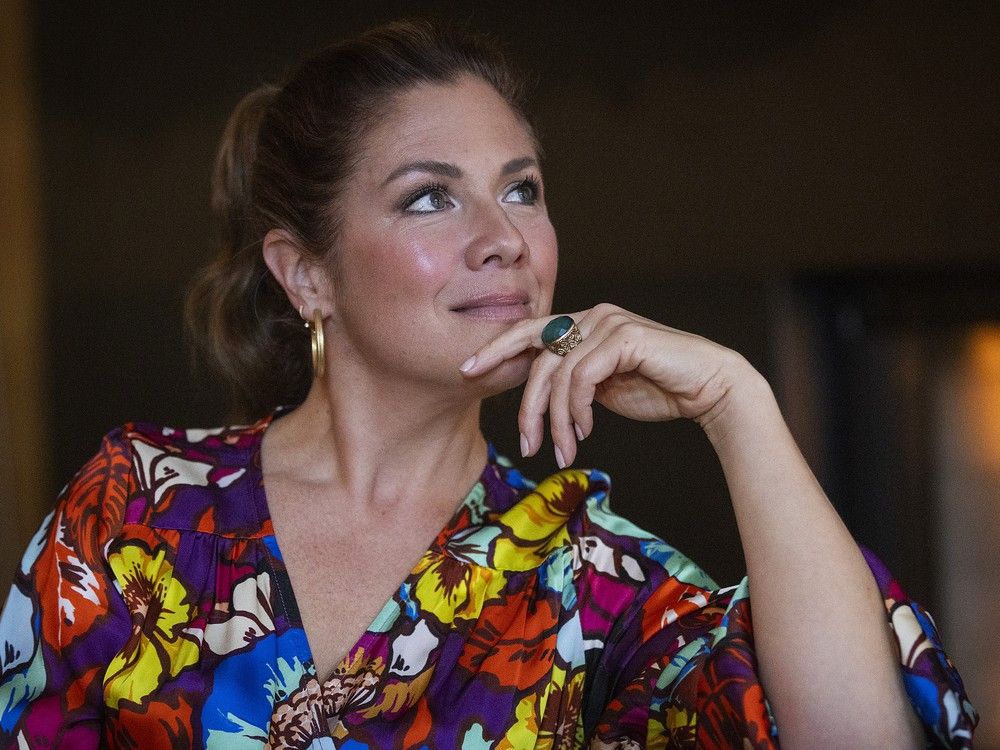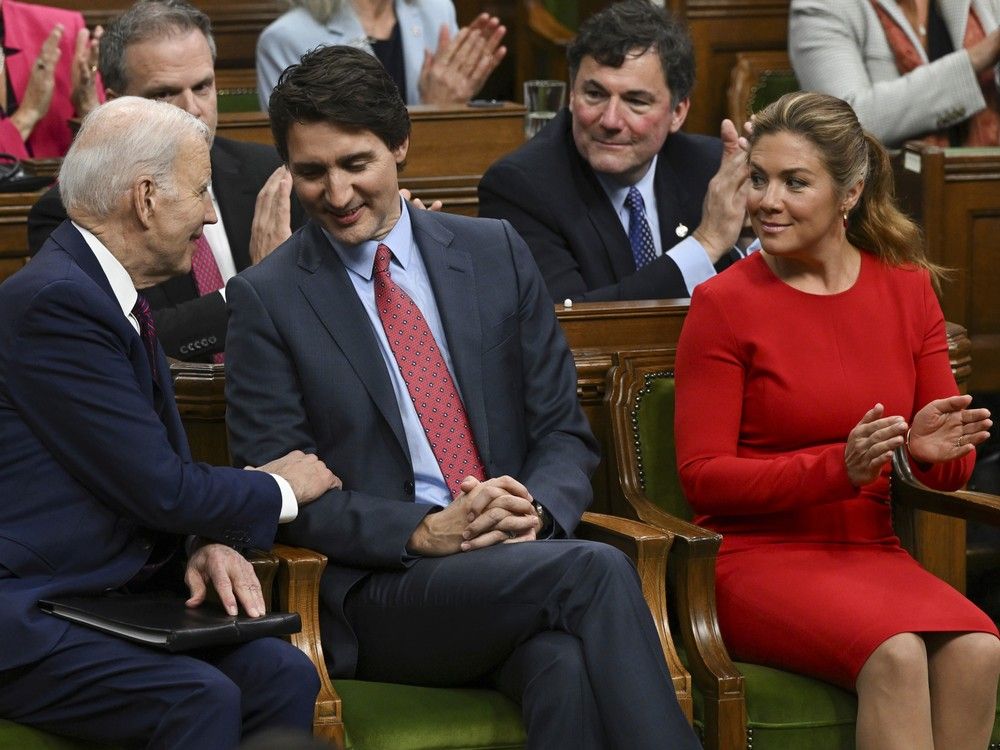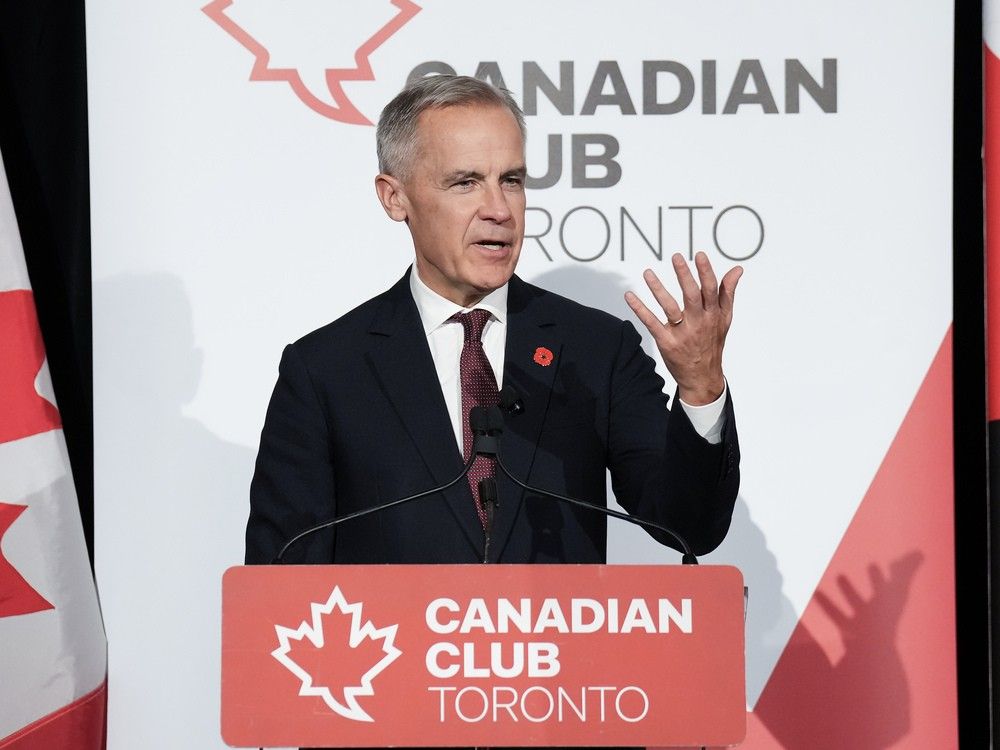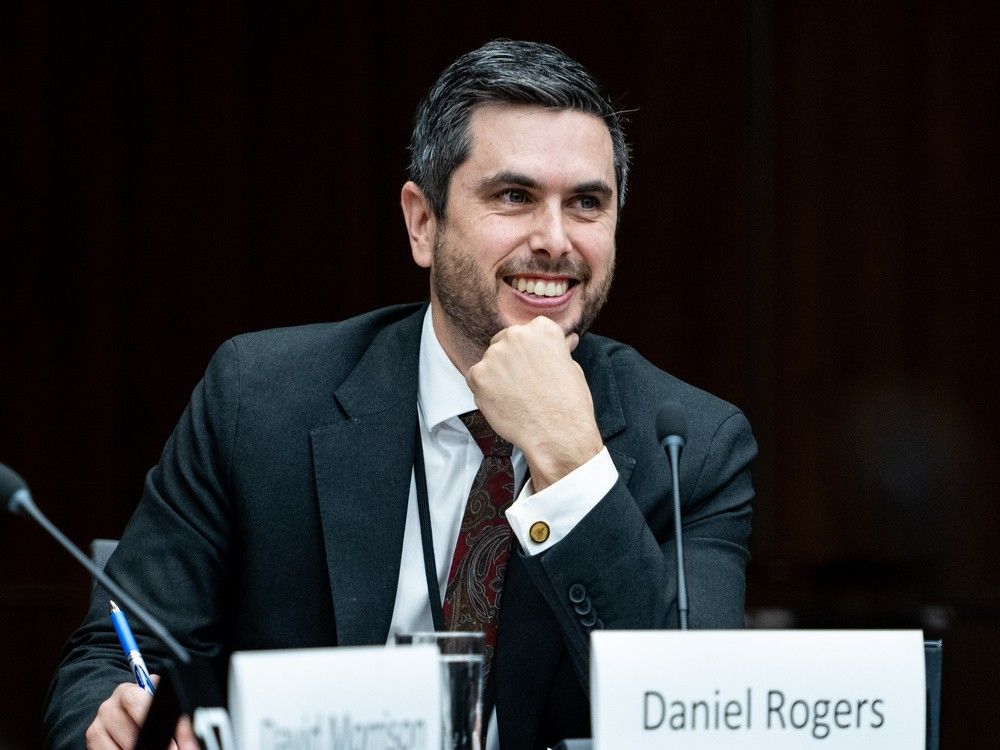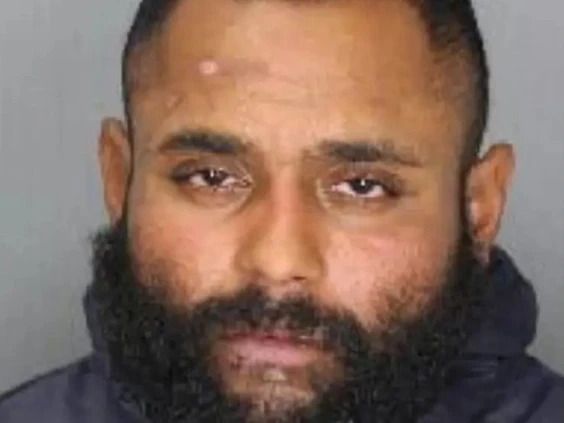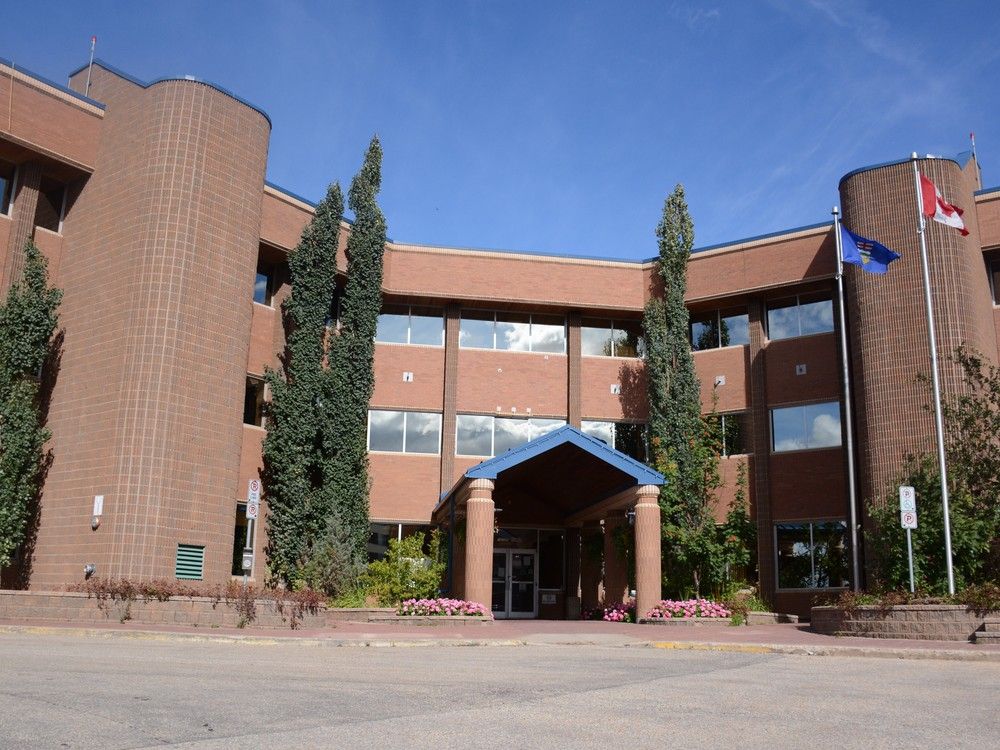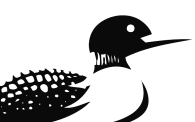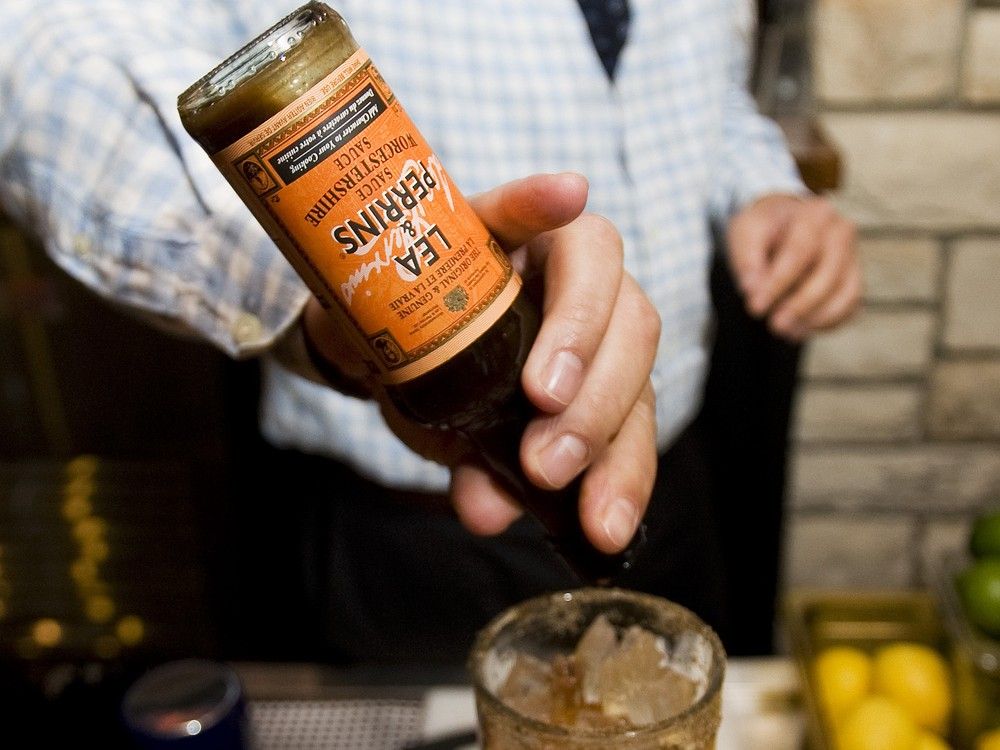
Canadians have been searching online for ways to pronounce a handful of words, from food to locations to everyday objects and everything in between. The number one search overall this year was for Worcestershire sauce, new research says.
The popular condiment, often used in meat dishes like in stews or in burgers, has British roots and
originated in Worcester, England
. It keeps the historical pronunciation, which to Canadians, may seem tricky. It appeared in 13,9200 searches, according to researchers at Unscramblerer, an online tool that find words from scrambled letters.
Experts analyzed search data from Google Trends for phrases such as “how do you pronounce” and “how to pronounce” starting on Jan. 1 until Nov 12, 2025. Not only was Worcestershire sauce the number one search for Canadians overall, it also topped the searches in the Yukon and Alberta.
Equally tricky for Canadians is the pronunciation of the Irish name, Saoirse. That was the most searched word for residents living in Nova Scotia. American-Irish actress Saoirse Ronan may be the inspiration for the search. In a Wired interview, she explained it’s pronounced like “sir-shah.”
how to pronounce saoirse ronan pic.twitter.com/i200U36Tdl
— saoirse ronan archive (@archivesaoirse) December 4, 2018
It seems that residents in Prince Edward Island were curious about how to pronounce an area west of Toronto, known as Etobicoke. That was their number one search so far this year. The pronunciation of the administrative district was
by one man featured in a Netflix docu-series released in 2019, Don’t F—K with Cats, about a Canadian serial killer.
this man’s pronunciation of etobicoke is the only good thing about the definitely-not-worth-it luka magnotta doc pic.twitter.com/qgYVsHB1Mn
— Rebecca Tucker (@RebeccaTee) December 19, 2019
Quebecers, interestingly enough, wanted to know how to pronounce Montreal. Meanwhile, residents of New Brunswick were curious about how to say Qatar, a country in the Middle East.
In British Columbia, residents searched for how to pronounce Indigenous. In the Northwest Territories and Newfoundland and Labrador, residents were curious about French cuisine, looking up ways to say charcuterie and croissant, respectively.
Foods were also top of mind for people in Saskatchewan, whose top search was gnocchi, and in Nunavut, whose top search was acai. The latter is a kind of tree that provides dark purple berries, which have become
that originated in Brazil. The berries are often frozen and blended into a smoothie bowl with a variety of toppings. Its berries have been called a superfood for their high levels of antioxidants.
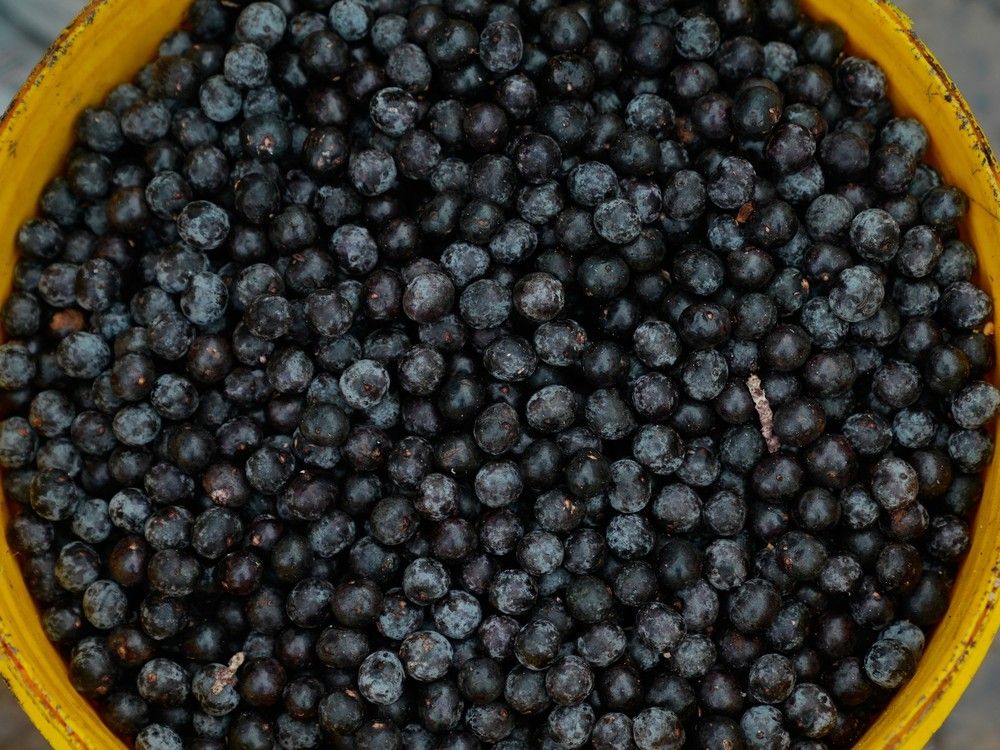
Residents of Ontario and Manitoba looked up common words that have multiple pronunciations. In Ontario, the most searched word was schedule, which can be pronounced with a hard “ch” (like in the word character) or with a soft ch (like in the word avalanche). In Manitoba, residents were curious about how to say vase.
According to the Merriam-Webster dictionary
, most Canadians pronounce the “s” like a “z.”
Other words that Canadians searched in general included Dachshund, a dog breed from Germany, at 84,000 searches as well as gyro, a Greek dish, at 71,000 searches. Both of those words take on their original pronunciation from German and Greek respectively.

Another search appeared to be influenced by this year’s World Series, when the Toronto Blue Jays faced off against the Los Angeles Dodgers. Canadians looked up how to say the last name of Blue Jays pitcher Trey Yesavage 10,800 times. In a video introducing himself, the athlete
in 2024.
In another video created ahead of the World Series, a speech expert broke it down.
Here’s a list of the top 15 words that Canadians searched this year:
- Worcestershire sauce (13,9200 searches)
- Croissant (86,400 searches)
- Dachshund (84,000 searches)
- Charcuterie (82,600 searches)
- Schedule (74,400 searches)
- Gyro (71,000 searches)
- Acai (70,900 searches)
- Quebec (67,200 searches)
- Aoife (66,000 searches)
- Cacao (65,000 searches)
- Qatar (58,800 searches)
- Niche (41,200 searches)
- Montreal (28,700 searches)
- Indigenous (20,400 searches)
- Yesavage (10,800 searches)
Our website is the place for the latest breaking news, exclusive scoops, longreads and provocative commentary. Please bookmark nationalpost.com and sign up for our daily newsletter, Posted, here.
